

By Milda March 13, 2020
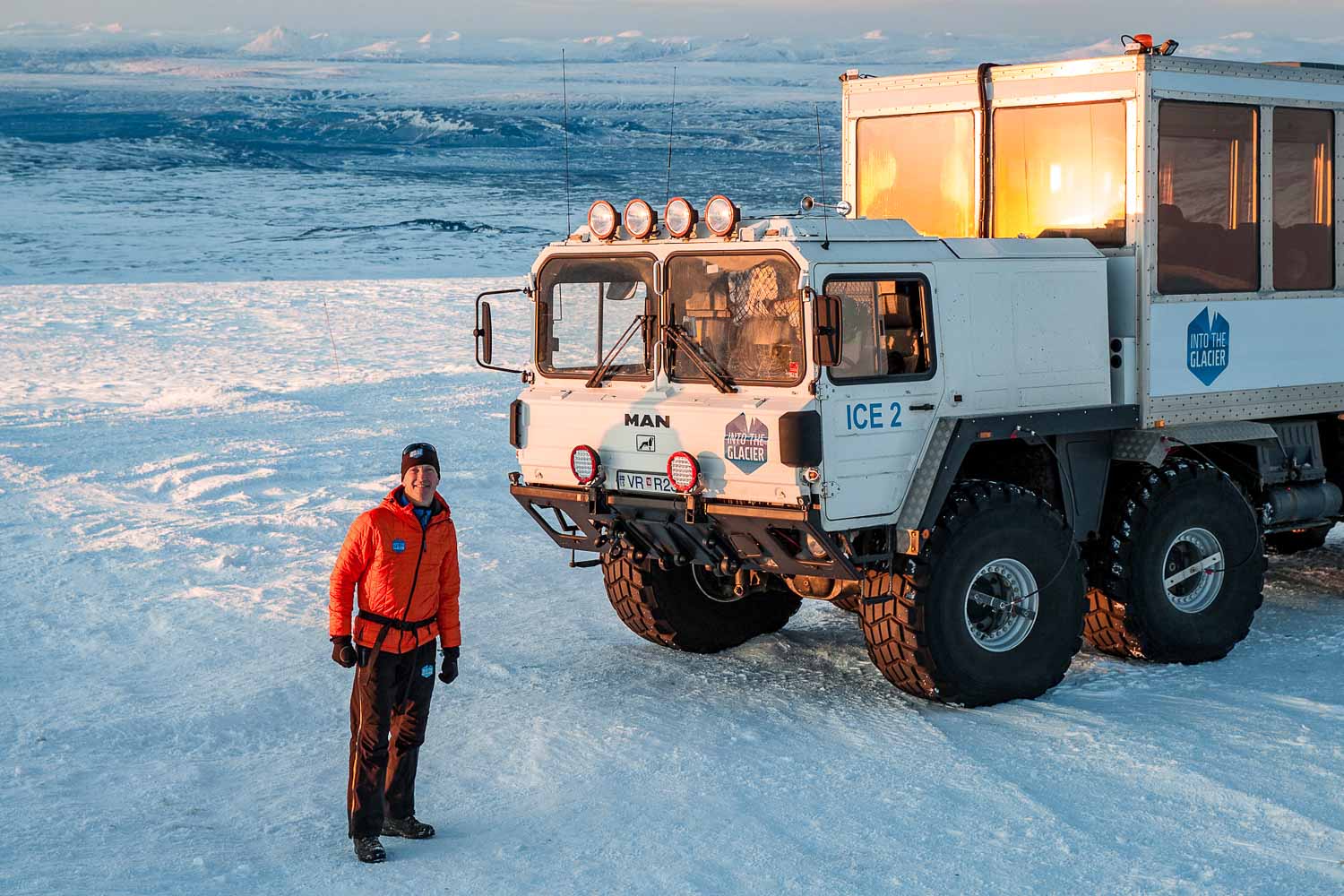
Sigurður Skarphéðinsson is managing director of Into the Glacier, an Iceland tour operator that leads visitors deep into the world's largest man-made ice tunnel. The chilly tunnel is located high on Langjökull, Iceland's second-largest glacier (and one of the biggest in Europe).
Recently, Into the Glacier joined forces with Arctic Adventures, Iceland's largest adventure travel company. Arctic Adventures specializes in small group tours with a high focus on sustainability.
We caught up with Sigurður to talk about what it takes to dig a tunnel into a glacier, climate change, repurposed NATO missile launcher trucks, and what the future holds.
If you just go all the way back to the 1997s, there was a guy, an entrepreneur from Húsafell, who tried to make a small ice cave at the edge of Langjökull Glacier. He used high pressure water to create the cave by himself. Unfortunately, during the summer, the cave melted because it was at low altitude. In my opinion, it was the first idea of doing something ice cave related on a glacier in Iceland.
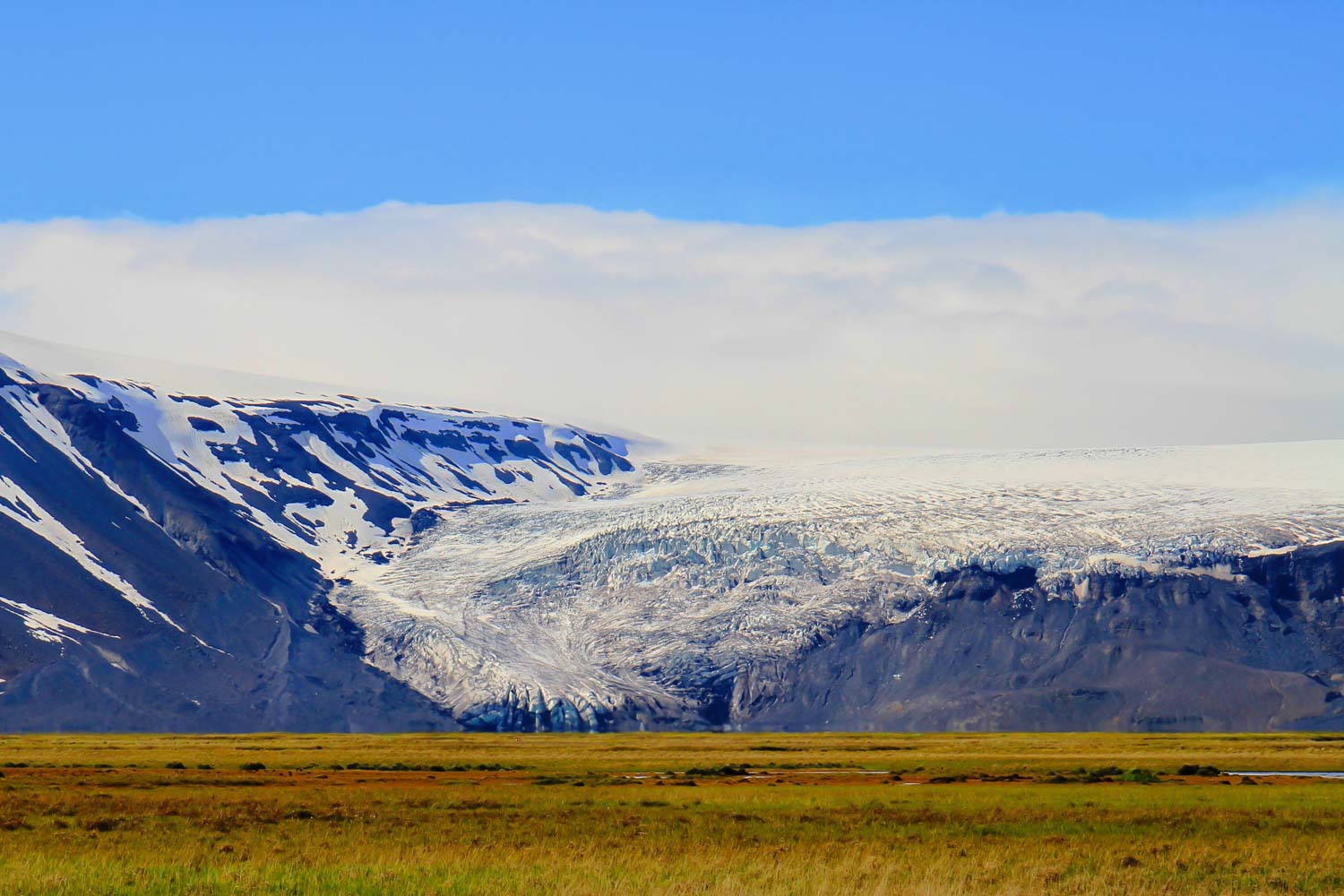
Langjökull Glacier has been quite popular for making film projects and advertisements. For example, Pirelli, a famous Italian manufacturer of tires, went as far as to dig a glacier buffet, a sort of a cave, during their project. The company’s staff was here for testing tires on a track they made on the top of the glacier.
But only in 2010, two guys, an Icelandic tunnel engineer and a tourism entrepreneur, came up with the brave idea to dig an actual ice tunnel.
To make a long story short, three years later there was a report on the project. At that time, the investment fund, which owned the majority of the shares of the Into the Glacier, saw the report and decided to invest in the idea. That's how it all started.
It's typical Icelandic style, just start working and keep on going. Things will just evolve on the way.
Back in 2014, I got a phone call and was hired to lead the project. Before that, there was only a report on both the cost and the way to do it, but it was nothing more than an educated guess. So, we basically started with just a rough plan. It's typical Icelandic style, just start working and keep on going. Things will just evolve on the way.
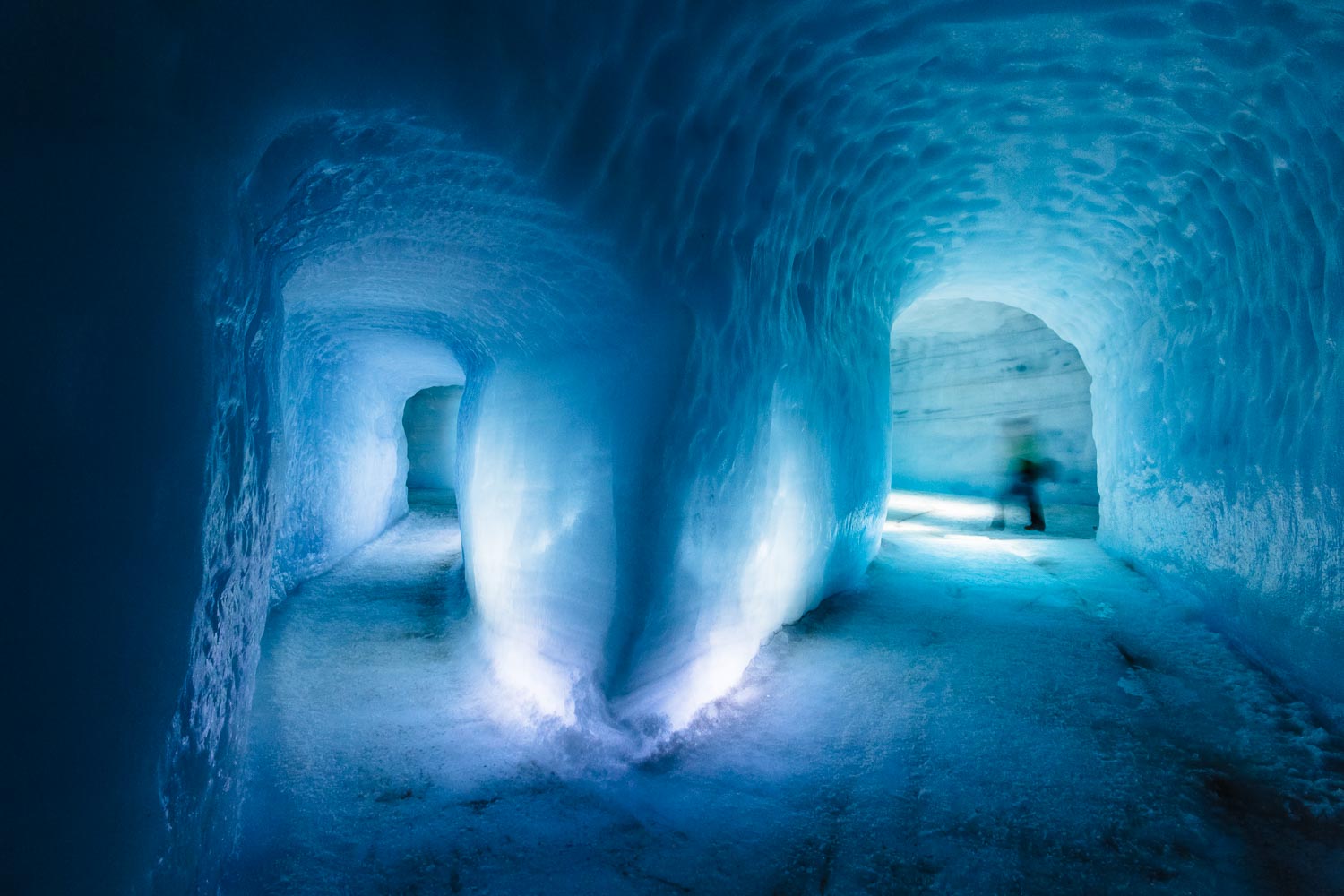
When we started digging, we didn't even have a layout of the tunnel. We just started.
There was a small group that gathered in regular brainstorming meetings. Gradually, the plan was created. Of course, I had to think about the cost as well. The project became bigger than expected, so we had to increase the budget.
During the construction phase, the layout of the tunnel changed from month to month. The tunnel was supposed to be a circle but it came out as a heart.
The tunnel was supposed to be a circle but it came out as a heart.
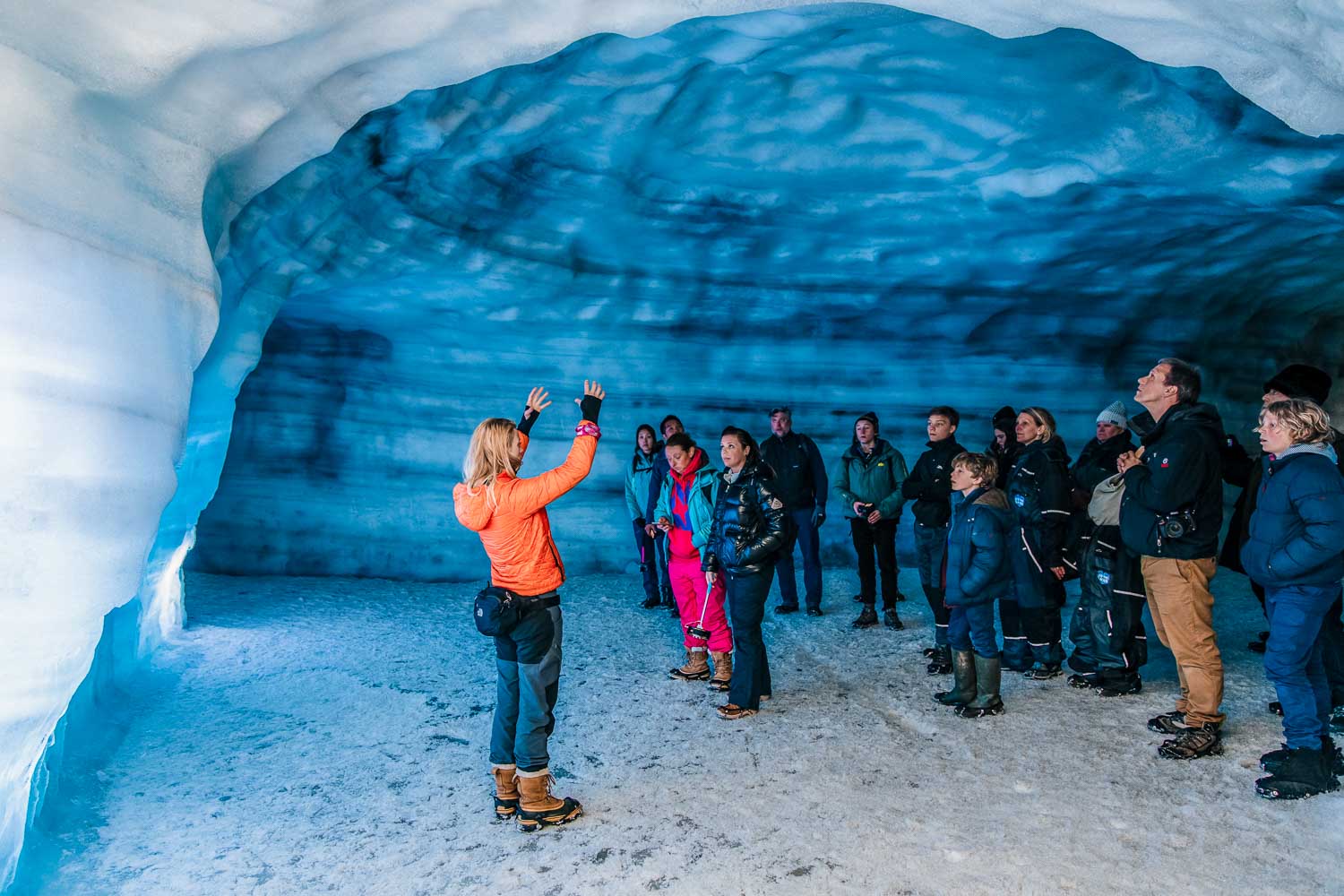
When working on the project, I decided to buy a ticket to the Alps and see how things are done in France and Switzerland. Later, I also traveled to Norway, which has a long history of creating ice caves and getting people to see glaciers from the inside. So I got lots of good ideas from that visit. For example, the idea of LED lighting inside the ice is taken from Norway.
In France, I visited a very popular tunnel but it had no guide. I didn't learn anything. I wanted to know how deep I am, how old the ice is, how it formed, and so on. And that's when the idea became pretty clear. It’s going to be a guided adventure. We want our guests to learn about the glacier and its connection to Iceland as well as climate change.
At first, we had no idea what people want to see. Is it enough for them just to walk? Do they need extra things like sounds, media? In the end, we decided that we'll go with the pure experience of the glacier, together with pure and simple education.
It was a crazy idea, but a really good one.
During the project, Iceland’s top glaciologists joined our team and they picked the location. It's really important to have the right location because glaciers are moving, some more than others. Some areas in the glacier have more crevasses than others and it could be dangerous.
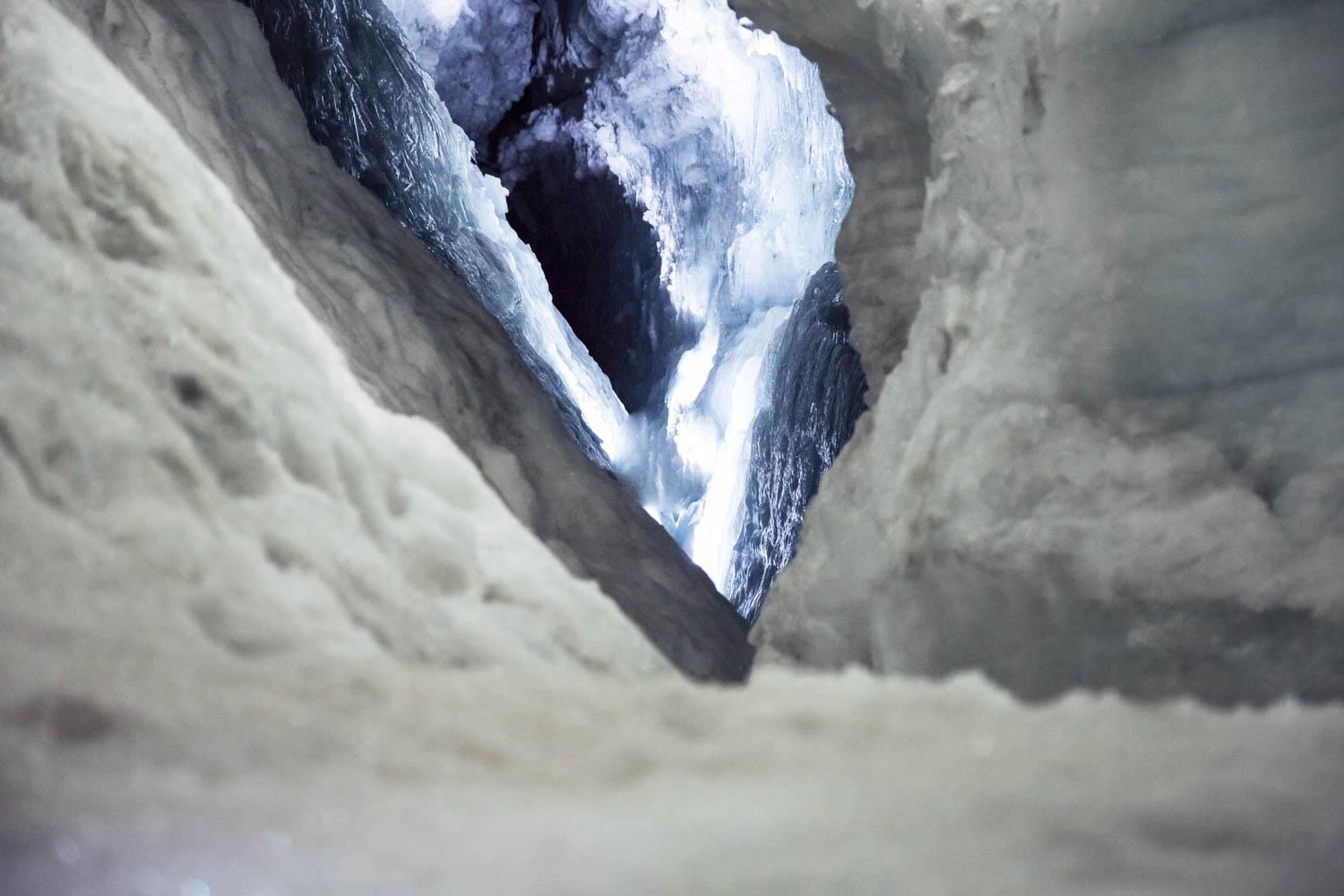
The tunnel is located 1,260 m above sea level, close to the top of the glacier, where there is more snowing than melting and less movement
In the beginning, the idea sounded crazy. We didn’t even know if it would be possible to operate the tunnel in winter. But I really believed in the idea. In 2015, we just tried it and it worked. It was a crazy idea, but a really good one.
As soon as we started to look into the idea of digging the tunnel, we understood that we somehow need to get people up there. And the top of the glacier is not easily accessible.
Luckily, we knew a guy, an entrepreneur, who owned two former eight-wheeled NATO missile carriers. In 2015, we merged our companies to make transport to the tunnel possible.
Now we have seven super trucks and are thinking about getting two more. These machines are incredibly durable, built to carry missiles and can drive in almost all weather.
So, it’s not only about digging the tunnel, but it's also about logistics.
Luckily, we knew a guy, an entrepreneur, who owned two former eight-wheeled NATO missile carriers.
No, I don’t think we've ever thought about giving up. But sometimes it was really difficult, especially in the fall of 2014. The weather was really bad, we couldn't see anything on the way and we couldn't work for many days.
In May of 2014, our machine was not working, nothing was happening in terms of digging, so I was not very optimistic. But I knew that we would somehow overcome these difficulties.
The rough estimate would be around 220,000-230,000 people. Basically, it’s the whole population of Iceland.
We have guided group tours inside the main tunnels, music performances, and even wedding ceremonies inside the ice chapel. Actually, making the chapel was one of the first ideas. It's not a religious one, though. The chapel is just a nicely lit room made of brilliant blue ice.
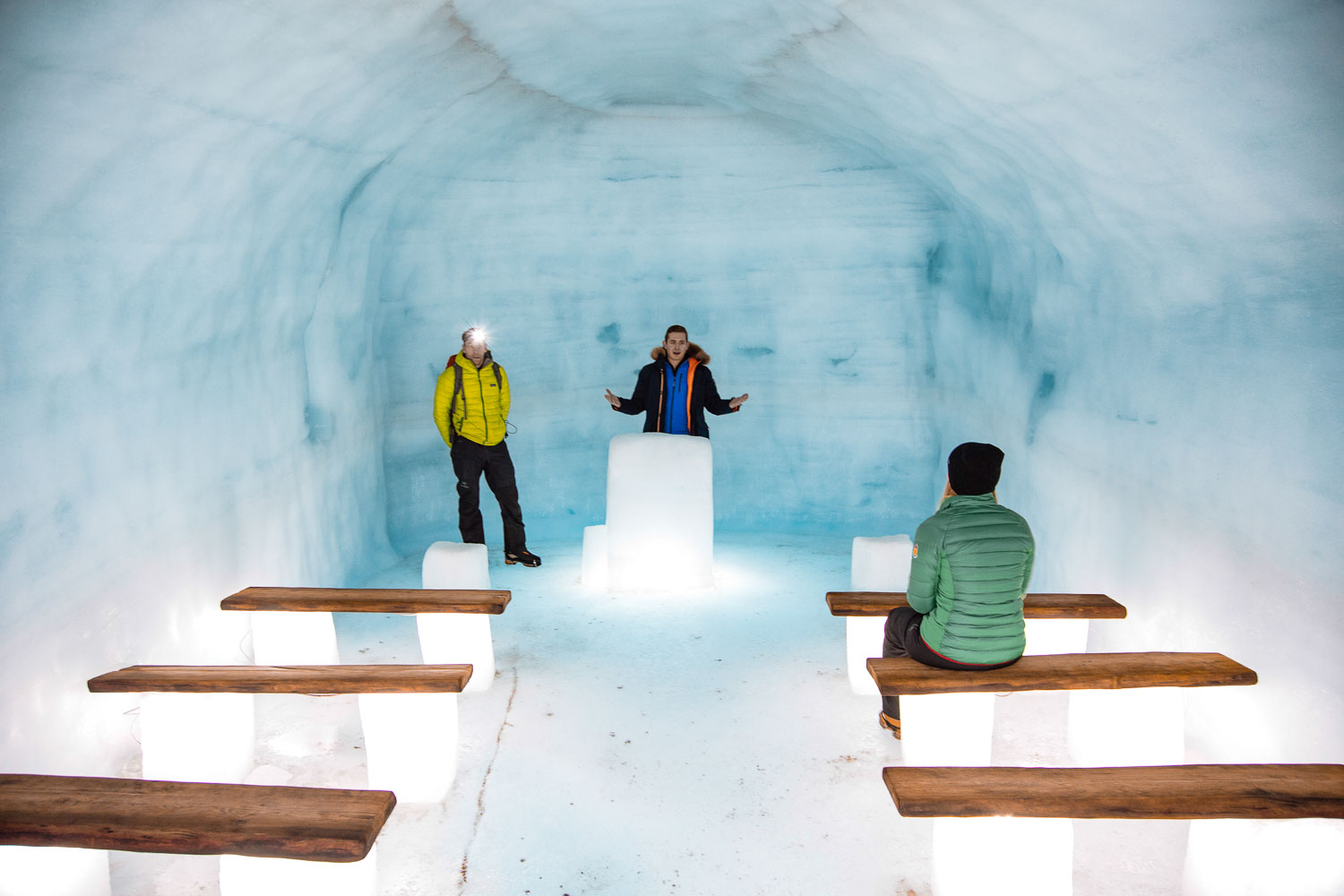
We’ve already had up to 20 weddings. Once, a couple from Australia, came all the way here with a group of forty people to get married. They spent about half an hour in the tunnel, then took some pictures on the glacier, and stayed at the nearby Hotel Húsafell. It was a pretty cold experience for the bride with 0°C inside and -5°C outside!
Once, a couple from Australia, came all the way here with a group of forty people to get married.
The tunnel was also chosen as a venue by the popular Secret Solstice Music Festival that takes place every year in June. In different parts of the tunnel, you can have different acoustics. There is a lot of echo at the bottom of the tunnel where everything is just pure ice.
And two years ago, an NFL star spent the whole night inside the tunnel in a luxury tent. For him, it was a really nice experience.

This adventure is for everyone, all kinds of people, all kinds of nations.
Our tour is a soft adventure and everybody can visit us. We have children as young as two months old, people up to 95, and everything in between. This adventure is for everyone, all kinds of people, all kinds of nations. Basically, we welcome everybody visiting Iceland.
I used to be on the glacier every week, to begin with. But last year I had to back off a little bit because there is too much to handle and I can’t stay the whole time on the glacier.
But it's not just me, it's a team. Luckily, a lot of good people came along, which made it all possible. Bringing people up there is not a thing you can take for granted. We’re really proud to be able to show people glaciers and the idea that they can learn about them makes me happy.
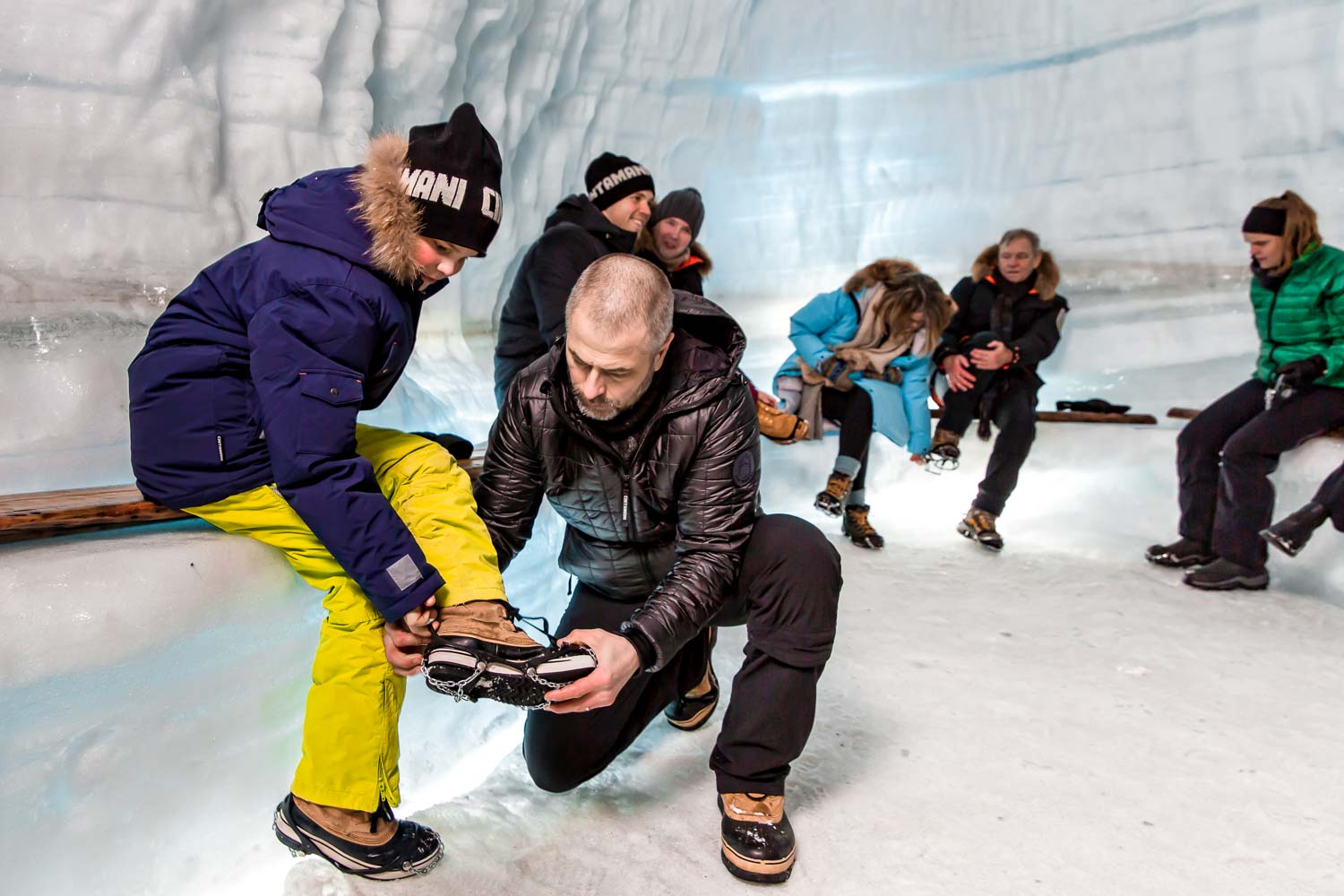
Bringing people up there is not a thing you can take for granted.
I have a big passion for glaciers. I've been traveling and skiing my whole life. Into the Glacier is a big part of my life. I've been involved in it for 5 years and I'm really proud of how it turned out.
Of course I’m worried about climate change. It's affecting us all. If global warming continues, the glacier will eventually melt. Our team is making every effort to protect the environment. We've been offsetting carbon footprint from day one. LED lights that we carved deep into the ice produce some heat, but that's minimal.
We have a generator at the moment creating electricity, but we'll be installing batteries in a few months. It's a project we've been working on for a year with the biggest engineering company in Iceland, EFLA. This way we'll be using less gasoline, which is better for the environment and important for us.
Since the glacier is moving, the whole structure of the tunnel is also changing. For example, the ceilings are slowly moving downwards because of the pressure. So we need to do constant work to maintain the shape.
You could say we're fighting against nature every single day.
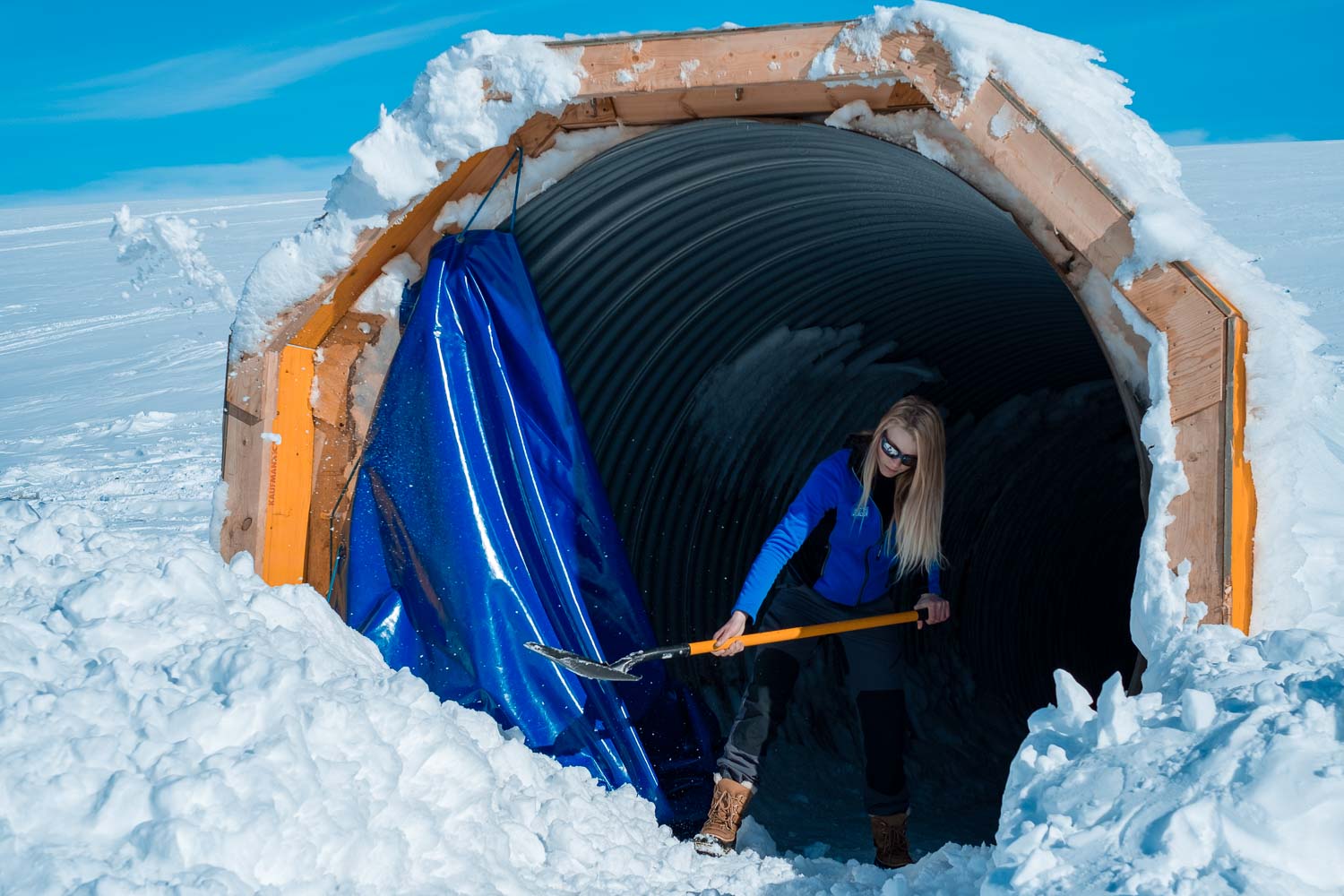
You could say we're fighting against nature every single day. Don't forget that you need to get up the glacier in the first place. Glaciers don't want us up there. Standing on a glacier is not a given thing. That’s why we congratulate visitors when they arrive.
We believe that merging with Arctic Adventures will help us a lot with our future projects.
We have a lot of ideas. But this year we’re planning to concentrate on creating room for groups so that we can have bigger events. For this project, we're going to experiment a little bit more and do more artistic stuff. But the main tunnels will keep their original looks.
Into the Glacier operates tours into Langjökull Glacier all-year-round. Tours depart from Iceland’s capital, Reykjavik, or Húsafell in West Iceland. Visit intotheglacier.is for more information.